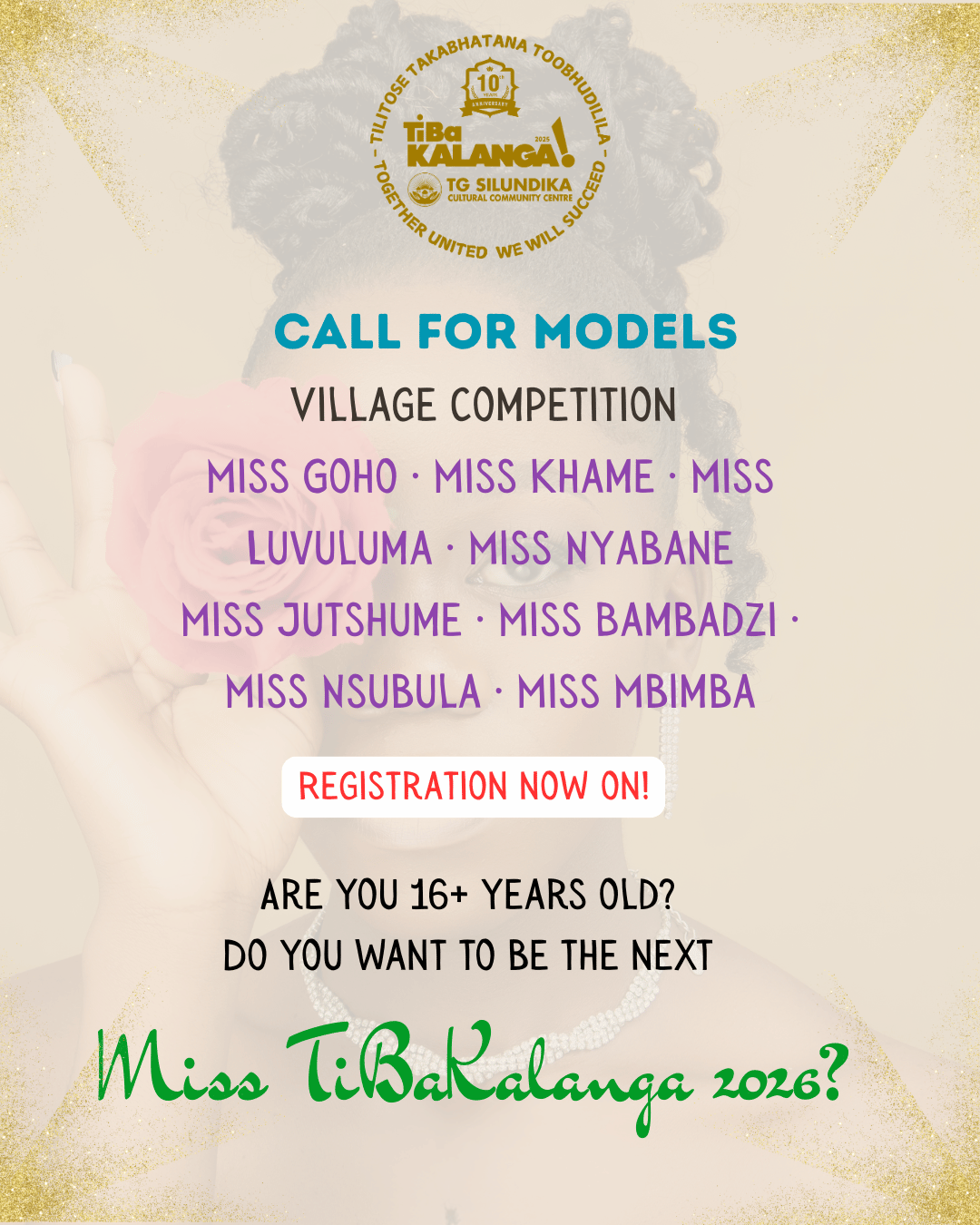The Kalanga people have been in their current regions for over a thousand years. Only in the last thirty years, under the leadership of Dr. Catharina van Waarden has a coherent narrative developed which integrates the archaeological evidence and political history of this people. This article relies heavily on her work (especially 2012 book Butua and the end of an era) and a series of newspaper articles by Abel Mabuse and a summary by EISA. See also the more detailed history of this period by Abel Mabuse.
The ancestors of the Bakalanga are linked archaeologically with farmers who lived at the iron-age site of Leopard’s Kopje and through the Shashe-Limpopo valley. These people led a cattle herding and crop farming lifestyle. They also traded in ivory, furs and feathers with the east coast for glass beads, cotton and other ornaments. The majority of their villages have been recovered in Botswana in areas close to major rivers like the Shashe, Motloutse and the Tati rivers. They built their villages on terraced hilltops such as the ones found at Nyangabwe Hill and Selolwe Hill in Francistown and Ridinpitwe Hills, south-west of Tobane. Research conducted in these ruins shows that they built round houses from red hardened clay, wooden poles and thatch. Their villages had large granaries and a centralised cattle kraal.
By AD 1000, some of these people had become rich in cattle and had more political control in the area. This led to the formation of a small chiefdom that controlled trade in the Shashe-Limpopo region. This early chiefdom monopolised trade until around AD 1220 when a powerful kingdom developed around Mapungubwe Hill to the east. That Mapungubwe kingdom was short-lived and the Tati River basin Leopard’s Kopje people continued to produce large quantities of gold for trade, rearing cattle and lived in reasonably sized settlements that allowed sustainable utilisation of natural resources in the area.
According to Dr. Van Waarden, radiocarbon dates from ruins found at Tholo Hill, Mupane and Mupanipani shows that the typical Zimbabwe stone walling tradition began in the Tati River Basin among the ancestors of the Kalanga. This tradition became fashionable over time and was improved until reaching its apex at Great Zimbabwe, which had become a powerful capital controlling trade with the east coast starting around AD 1250 and lasting 200 years. During this period, many satellite sites with stone walling tradition similar to the style expressed at Great Zimbabwe were built in modern day Botswana. Such ruins are found at Domboshaba, Vukwi, Schermer’s Ruin at Sebina and Mothudi near Selebi-Phikwe.
Founding of the Butua State: The Torwa Dynasty
When Great Zimbabwe collapsed in AD 1450, several competing states formed, one called Mwenumutapa in the Zambezi valley and one known as Butua southwest of Great Zimbabwe at Khami, near modern Bulawayo. The citizens of Butua are the ancestors of those now known as the Bakalanga. The production of gold from the Tati area, copper from the Thakadu mine, and trade at Domboshaba was controlled by the primary leader of the Butua state known as Mambo who lived in a large capital of over 5,000 people at Khami. The state also controlled trade in salt and hunting dogs from the eastern Makgadikgadi pans, around which it built stone-walled command posts. Trade with the Indian Ocean was resumed, through the agency of the Portuguese, but was no longer through Great Zimbabwe but through the Zambezi valley. The material culture of Great Zimbabwe was continued and the stone working and building techniques were further refined.
South of the Limpopo, Khami-style stonewalled palaces were built in the Soutpansberg from 1450 and the area fell under the control of Khami dynasties. They also increased trade on both sides of the mountain boundary. In the 1500s this interaction resulted in a merged Kalanga/Sotho ceramic style called Tavhatshena. Some pockets of Kalanga speakers survived in this area (now mainly Venda) until a generation ago.
Between AD 1450 and 1685, Butua was ruled by Mambos of the Torwa dynasty, who were probably sent from Great Zimbabwe or part of the royal family there. These leaders, known as Sipundule or Chibundule, gained respect and allegiance among the people, as illustrated by traditional Kalanga praise poems. The Sipundule Mambos were successful in building a prosperous state ushering in a time of peace, stability and prosperity where harvests were good. The Chibundule Mambos ruled through provincial leaders who lived in relatively small towns of about 1,000 people at the most. In the peripheries of these centres, ordinary Kalanga reared their livestock and grew sorghum, melons and cowpeas in sparsely populated settlements quite similar to modern farms in the area.
Archaeological research and oral traditions show that Butua remained a highly stratified state with the Chibundule family at the top and their related governors just below them. The ordinary population of Kalanga had its own local chiefs and headmen who administered the daily affairs of the people, collected tribute and sent it to Mambo at Khami through the provincial governors, with surplus imported goods distributed out from Khami through district governors.
Changamire and the Rozvi/Lozvi/Nyayi
Dr. Van Waarden’s extensive research on the prehistory of the Kalanga indicates that a major change in the rule of the mambos took place at Khami with the arrival from the north-east of foreigners in Butua known as the Rozvi/Lozvi or Nyayi. Their ruler Changamire ousted Mambo Chibundule sometimes around the 1680s or 90s through political intrigues and instability but apparently no major warfare. Radiocarbon dates from archaeological excavation show that Khami was burnt down in 1685 resulting in the end of the rule of the Chibundule Mambos.
The old era of peace and prosperity came to an end in Butua. Mambo Changamire moved his capital to a newly established capital at Danang’ombe, smaller in size than Khami, but just as elaborately decorated. Changamire changed his name to Nichasike, introduced military rule in Butua, and sent a leader named Mengwe (variously a relative of Changamire or of Chibundule) to Domboshaba to rule the Balilima and the western parts of Butua.
The old Chibundule rulers appear to have fled to the west (in the area now in Botswana), where they became known as Wumbe, giving rise to a number of local Kalanga chiefdoms. Other Kalanga chiefdoms descended from Mengwe, or from groups of Sotho attracted from the south such as the Nswazwi and Chizwina (Sebina) chiefdoms.
The Rozwi kingdom continued the stone-building culture that it had inherited and resumed trade through the Portuguese. Over time, the kingdom was weakened by succession disputes and droughts and the components were able to assert a high degree of autonomy. In the early 19th century, the kingdom was overthrown by invading Nguni speaking people from the south (Ndebele) who crossed the Limpopo under Mzilikaze in early 1838.
Source: http://kalanga.org/





Very interesting and enlightening. I have been researching a lot on the history of Bakalanga because I discovered that the Tshivenda language is closely related to Tshikalanga and not Chishona as I previously believed. According to oral history, Mulaudzi is from Bukalanga and one of the last group to migrate South of Limpopo river to settle in Venda. I use the Ramusetha surname which is very recent. Ramusetha was the son of Mulaudzi.
Hello Mulaudzi, thanks for your kind comments. We will be uploading more Kalanga related material including historical facts as time goes on.
Where can I get Kalanga books and this one “Tarcisius Malan George Silundika: The Story of a Freedom Fighter”.
Otherwise keep up the good work tjikalanga tjozipa
Invaluable information, we are Mengwe, Tshongogwe Naki and I am looking for our family tree , we are descendants of Njeqe.
When we were young our grandfather ( one of Njeqe”s sons used to refer us to as balilima and that we are part of Kalanga royals
Njeqe was a prominent man and is buried in Simphathe, Brunapeg area.
Any detailed information on Mengwe ‘s descendants
Please I learned that Maeko Sebituane the first man who arrived in South Africa in the 1700 crossed Limpopo river with his third wife Seerane was the Great chief of Makololo in Zimbabwe and also a Kalanga can I get clarity on that. I am his grand-grand-grand-son. he ruled Nakome-Sealeng which presently called Phalaborwa in Limpopo, overruled by his son in law Malatji. email;silussebatane.anc@gmail.com
Still having some gaps especially on their believes and practices
Paul Mosendami here, thanks for the infor, I’m related to the Mosendami people of Mosendami Halisupi hill, i need their history, i just want to know my roots in full, your help will be much appreciated, thanms.